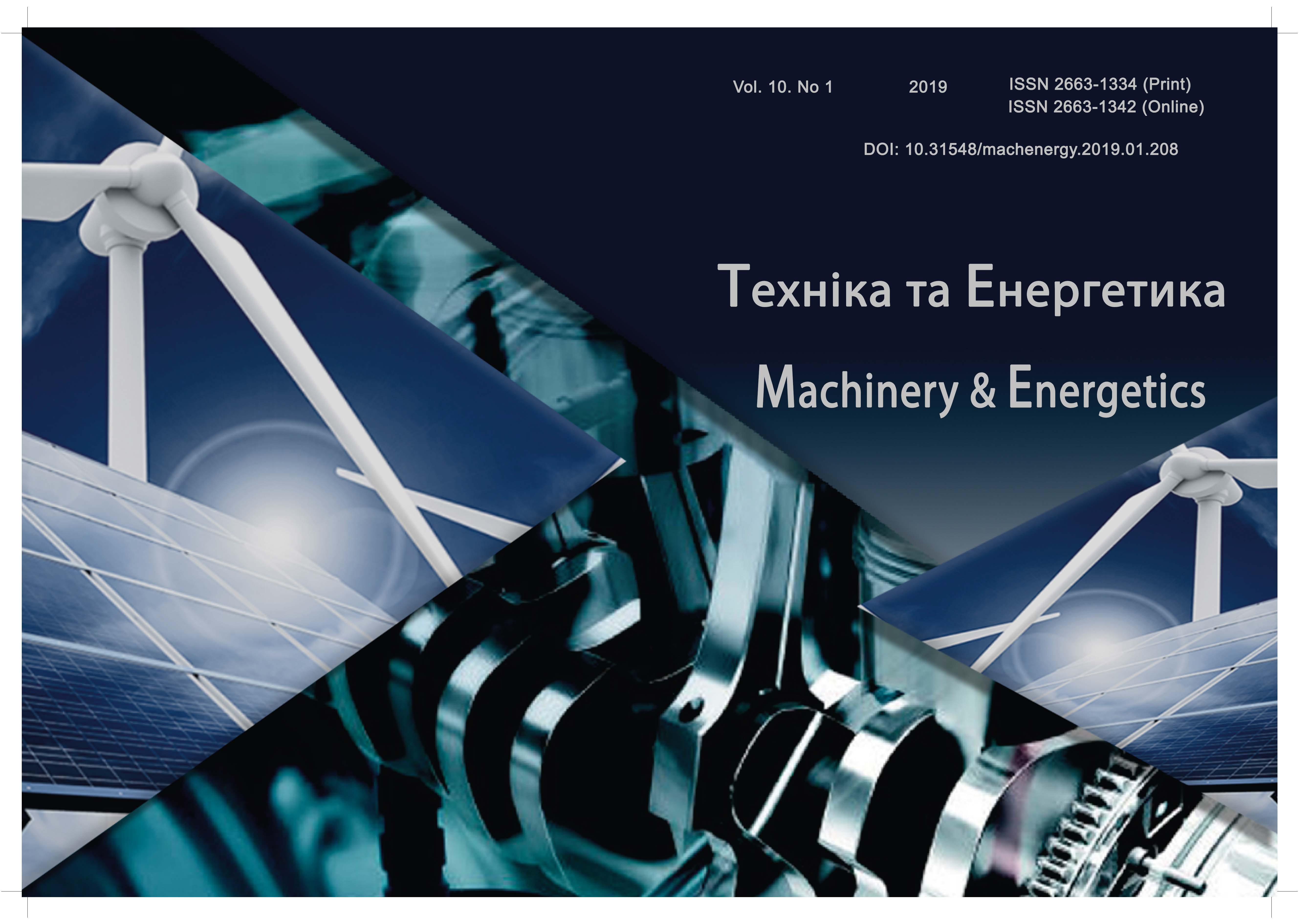Substantiation of basic principles of creation of high-efficiency soil-processing technology for agricultural appointment
DOI:
https://doi.org/10.31548/machenergy2019.01.171Keywords:
grounding, principles, creation, soil engineering, agriculture, design, destruction potential.Abstract
The basic principles of creation of high-productivity agricultural tillage equipment are substantiated. The basis of the work of the above technique is the physical principles of the interaction of working bodies of machines with the working environment - the soil (agricultural purpose). These principles also apply to agricultural machines that move, develop, or process such working environments.
To solve the problem of destroying agricultural soils (GSP), it is important to demonstrate the "potential of destruction" of specific elements of the relief water bodies, slopes, etc., in the correct and quantitative form. Determination of the "potential of destruction" is realized through an analytical description of the energy state of the elemental volume of GSP with the introduction of real parameters (volume, physical properties, boundaries of destruction and different types of loads).
The implementation of the proposed principles of soil-based agricultural machinery will significantly increase its productivity, efficiency, reduce its mass and fuel consumption. Key words: rationale, principles, creation, soil technology, agriculture, design, destruction potential
References
Baladinsky V. L., Smirnov V. N., Borodin I. G. (1985). Means of mechanization of earthworks. Moscow: Military Publishing House. 160.
Baladinsky V. L. (1992). Mechanization of earthworks. Kyiv. Ukrvuzpolygraph, 1992. 180.
Baladinsky V. L. (1993). The principles of construction of highly productive earth-moving technology. Kyiv. KIBI. Vol. 48. 3-9.
Balandin V. A., Balandin O. A. (1997). Physics of the lithosphere: a method for the analytical description of rock destruction. Engineering Ecology. No 1. 25-27.
Downloads
Published
Issue
Section
License
Relationship between right holders and users shall be governed by the terms of the license Creative Commons Attribution – non-commercial – Distribution On Same Conditions 4.0 international (CC BY-NC-SA 4.0):https://creativecommons.org/licenses/by-nc-sa/4.0/deed.uk
Authors who publish with this journal agree to the following terms:
- Authors retain copyright and grant the journal right of first publication with the work simultaneously licensed under a Creative Commons Attribution License that allows others to share the work with an acknowledgement of the work's authorship and initial publication in this journal.
- Authors are able to enter into separate, additional contractual arrangements for the non-exclusive distribution of the journal's published version of the work (e.g., post it to an institutional repository or publish it in a book), with an acknowledgement of its initial publication in this journal.
- Authors are permitted and encouraged to post their work online (e.g., in institutional repositories or on their website) prior to and during the submission process, as it can lead to productive exchanges, as well as earlier and greater citation of published work (See The Effect of Open Access).

